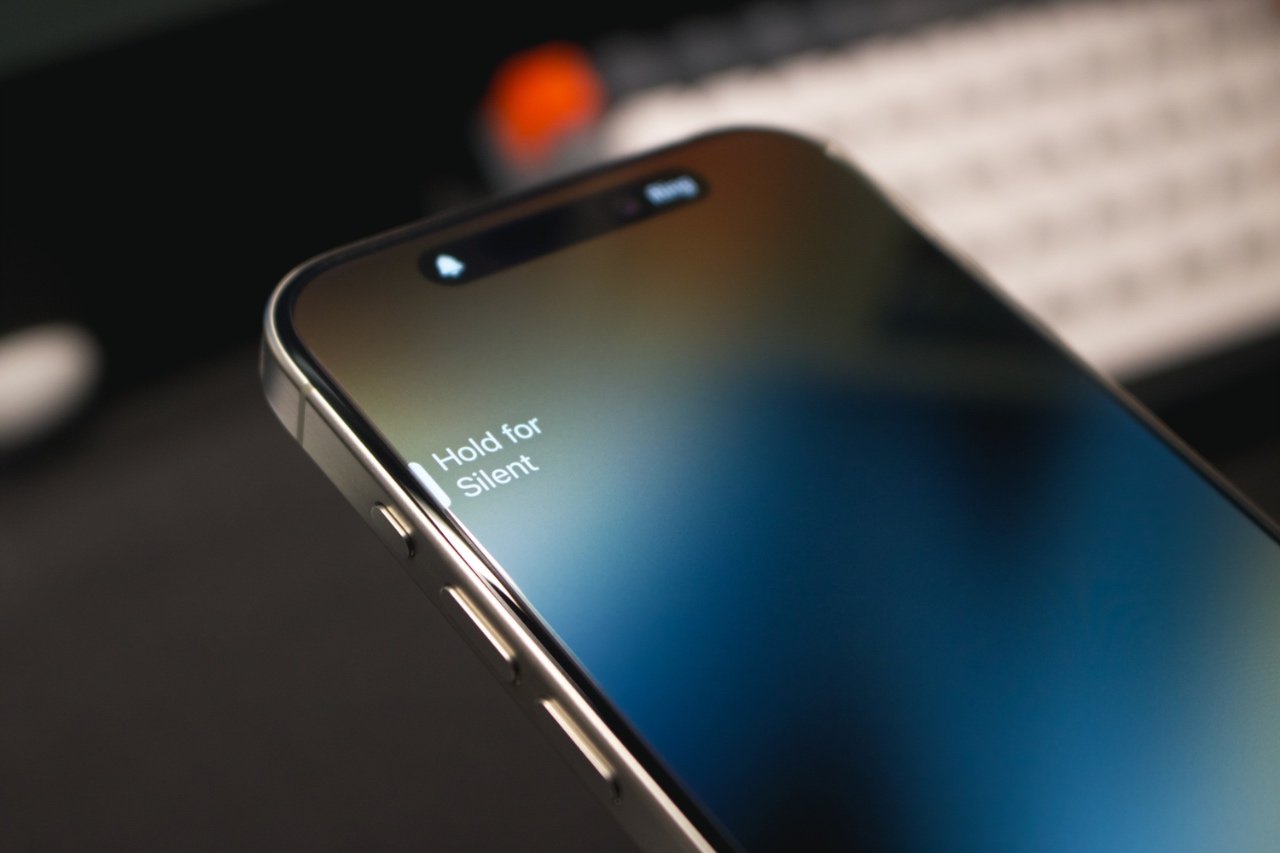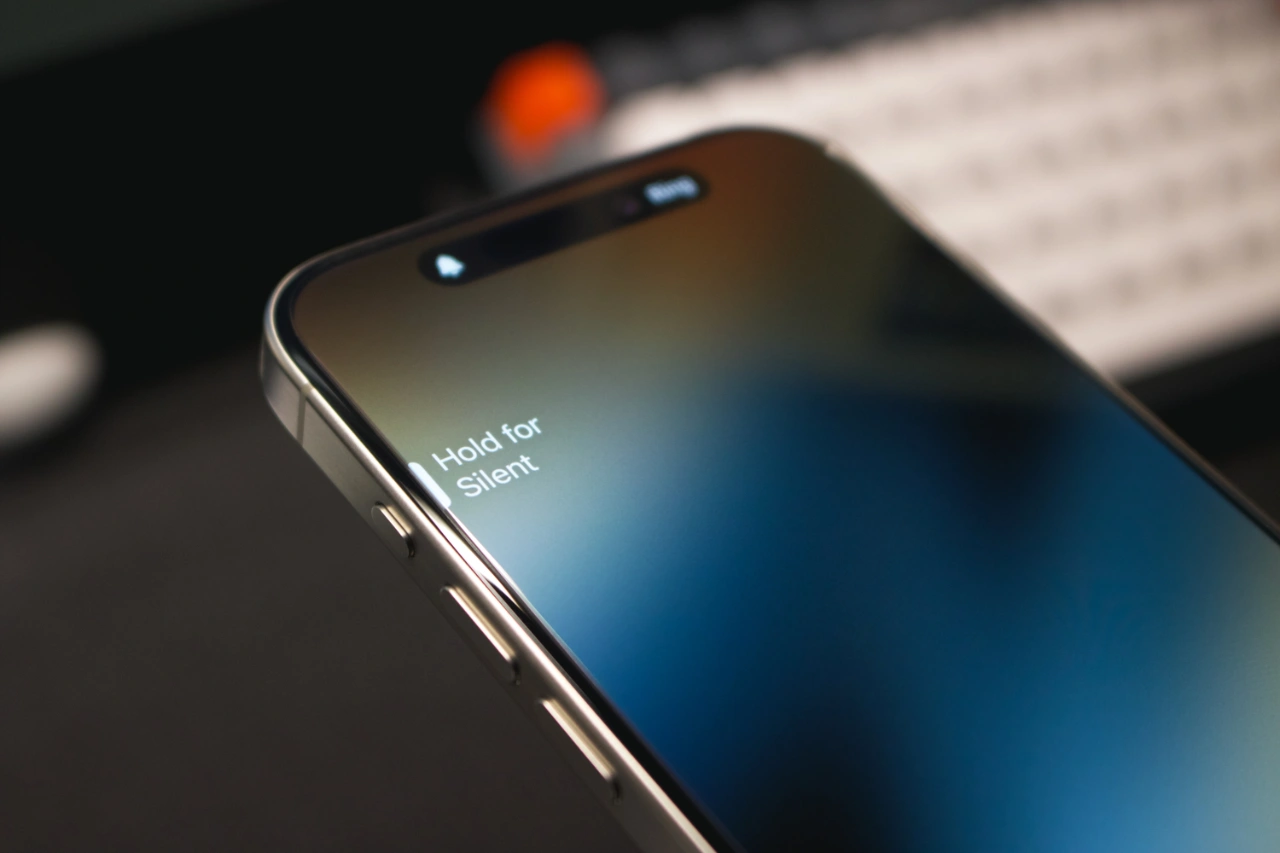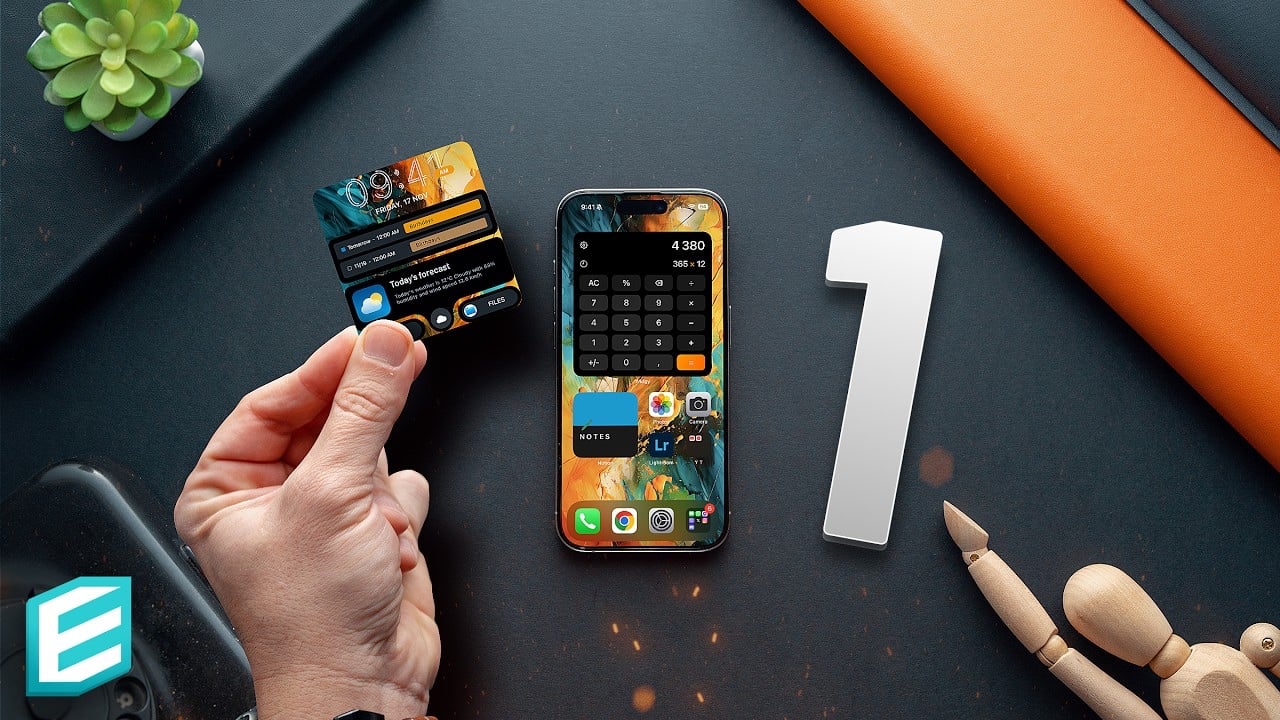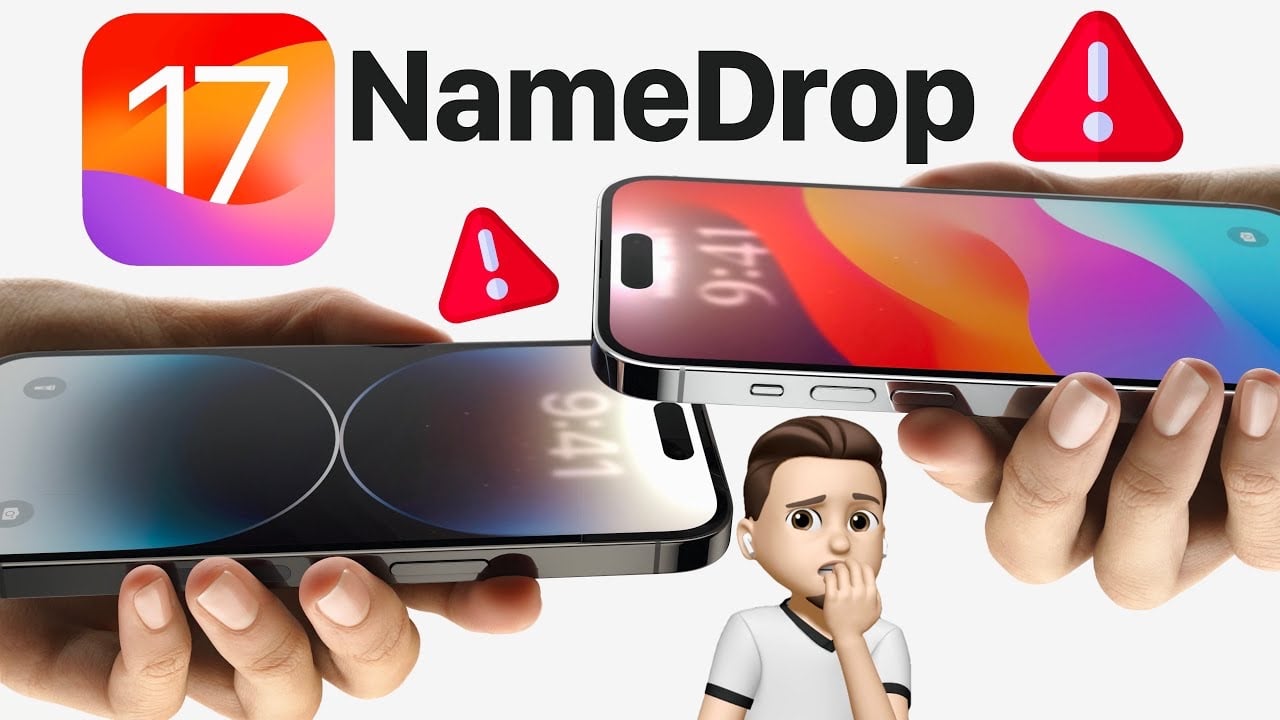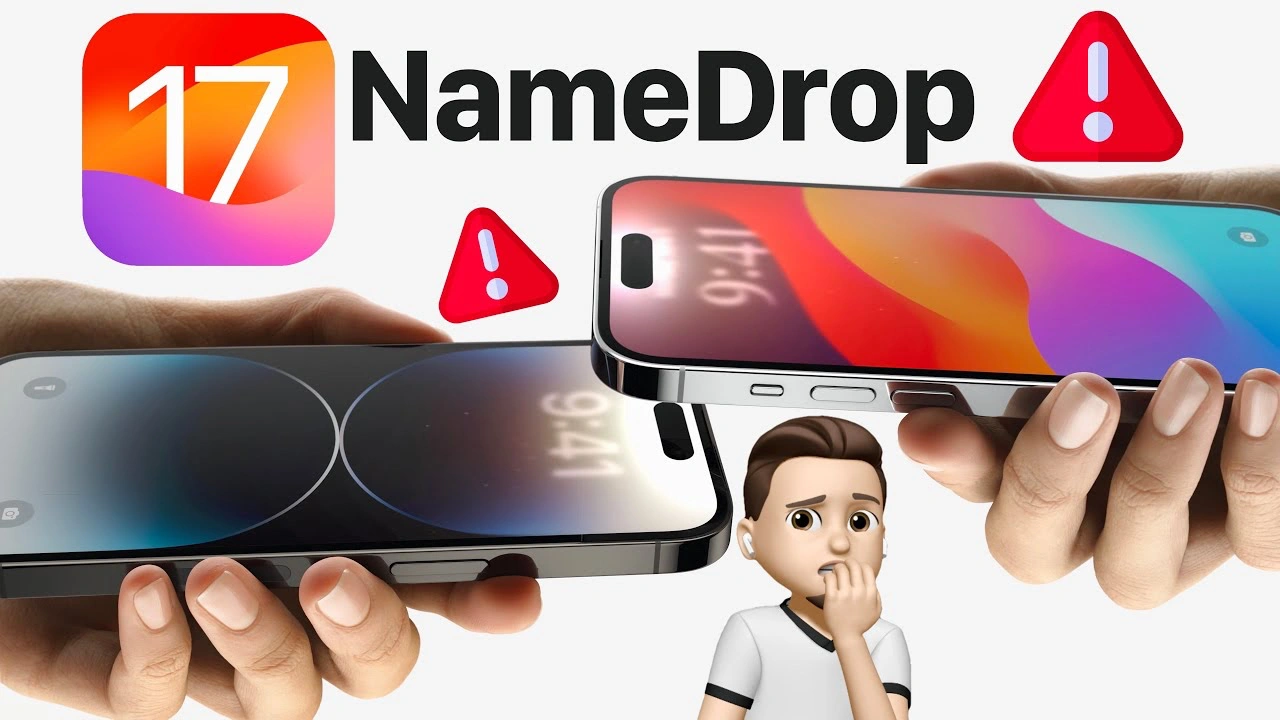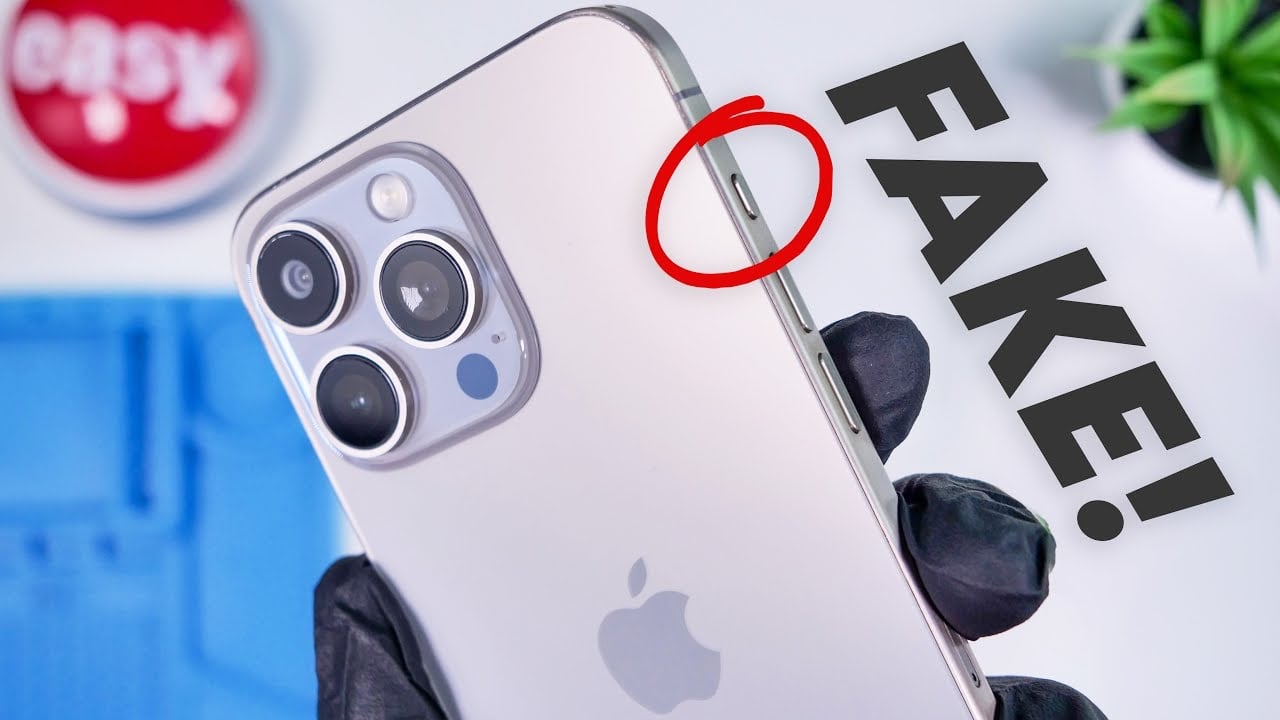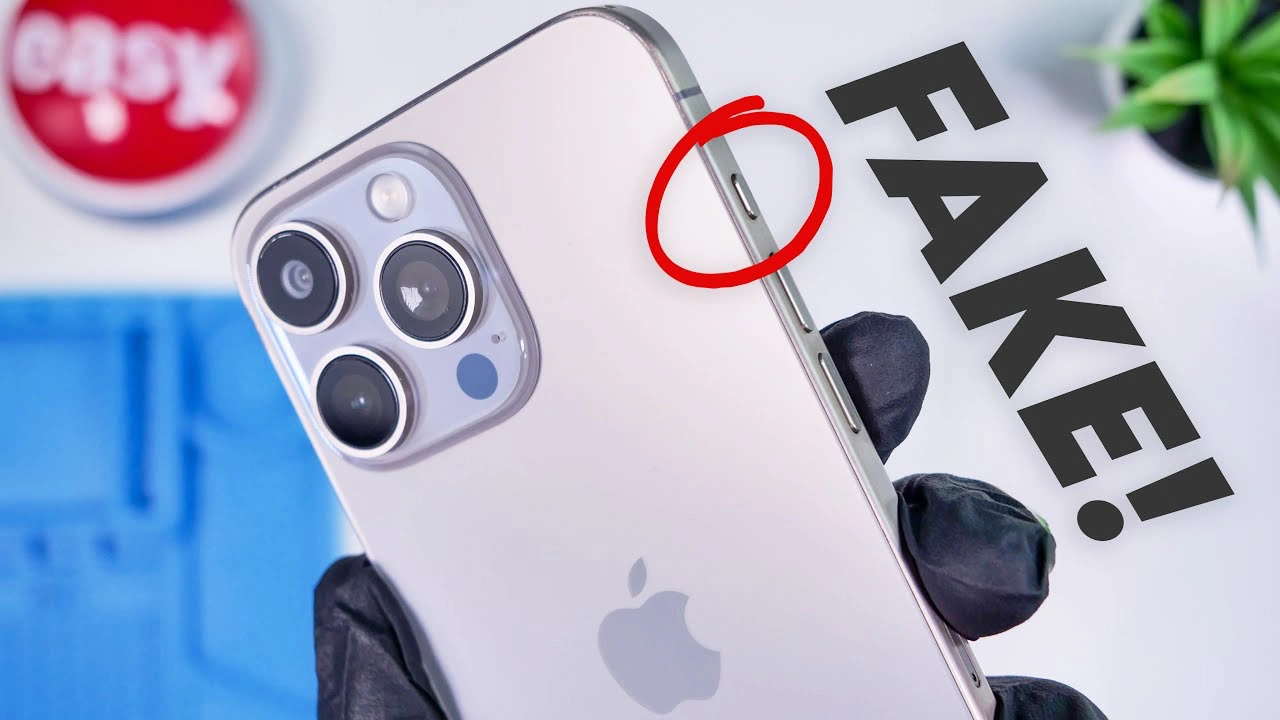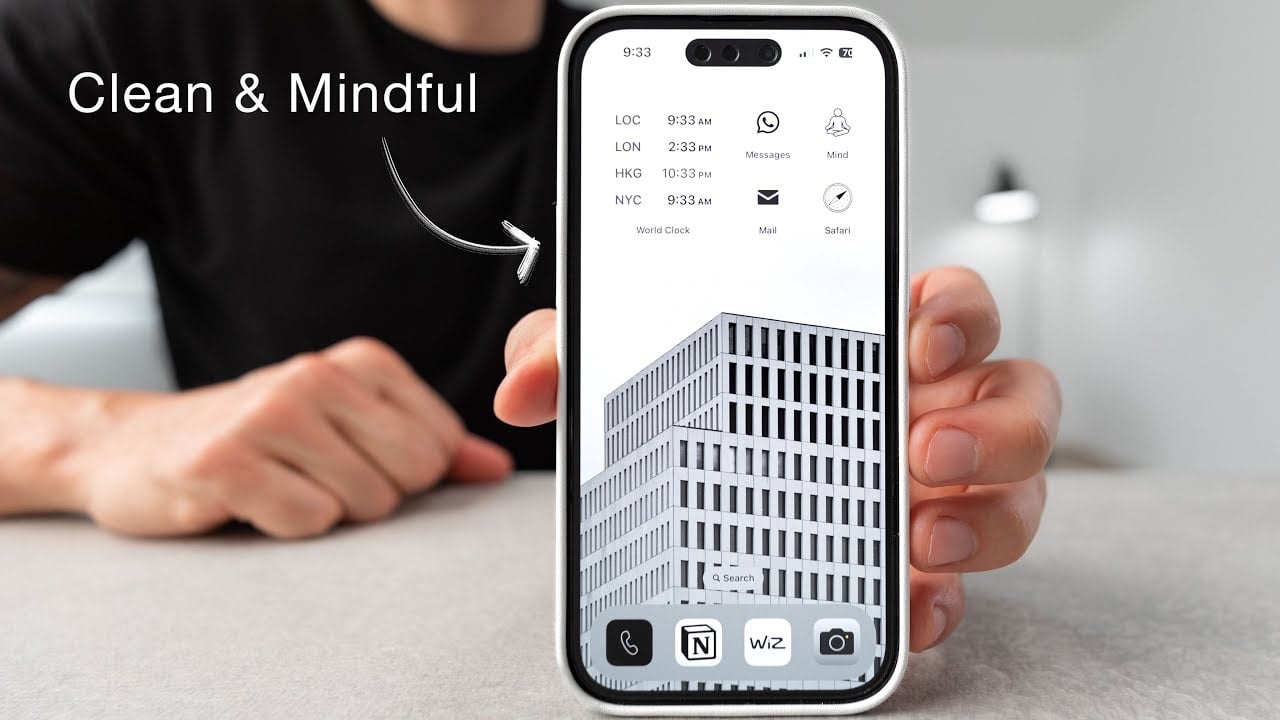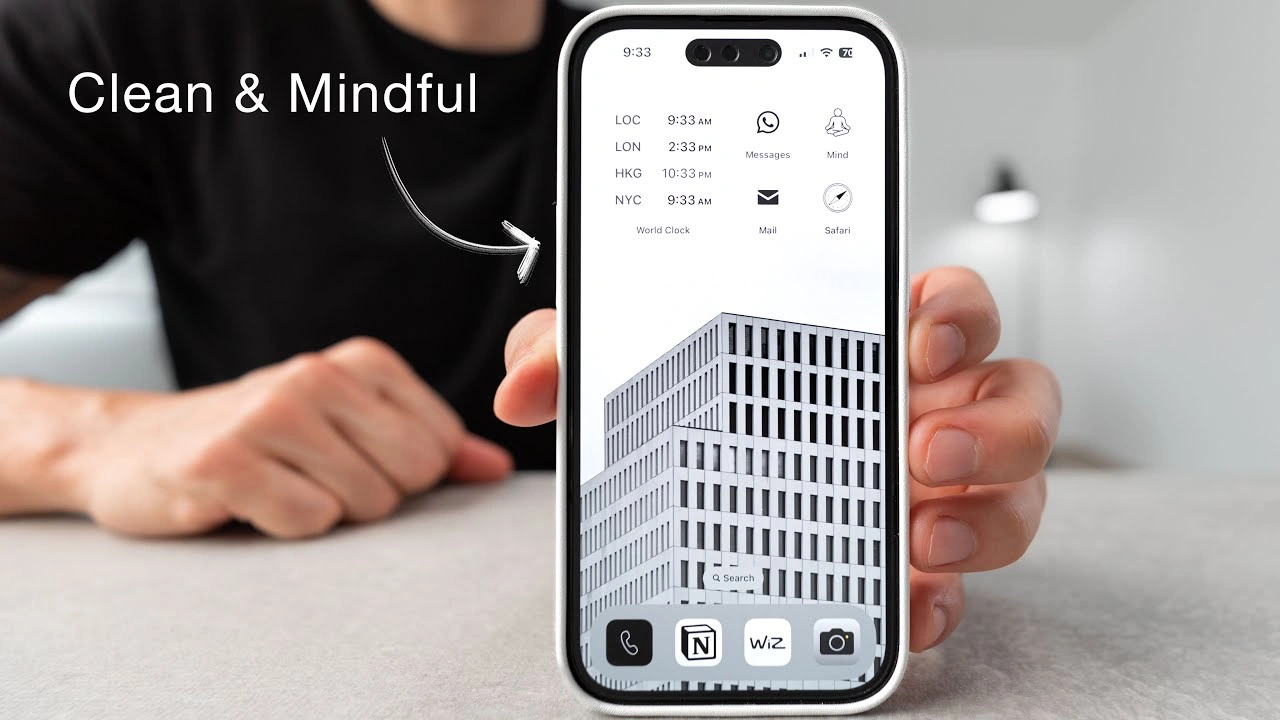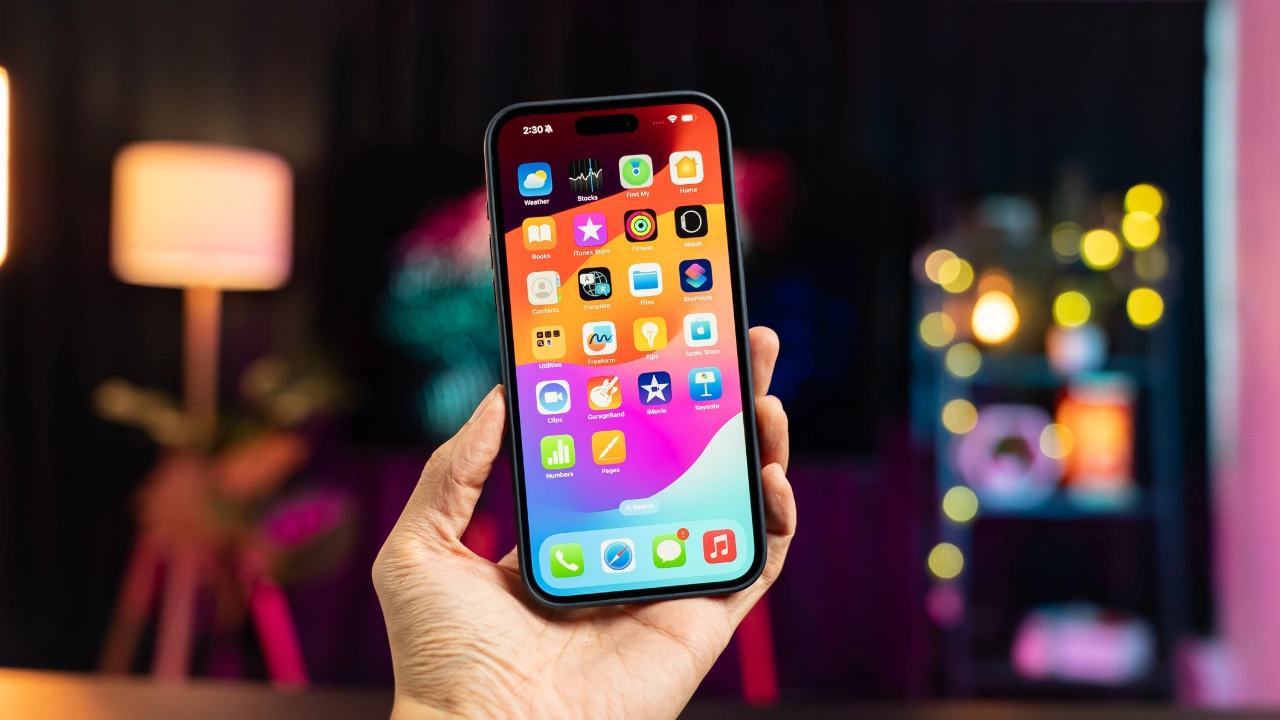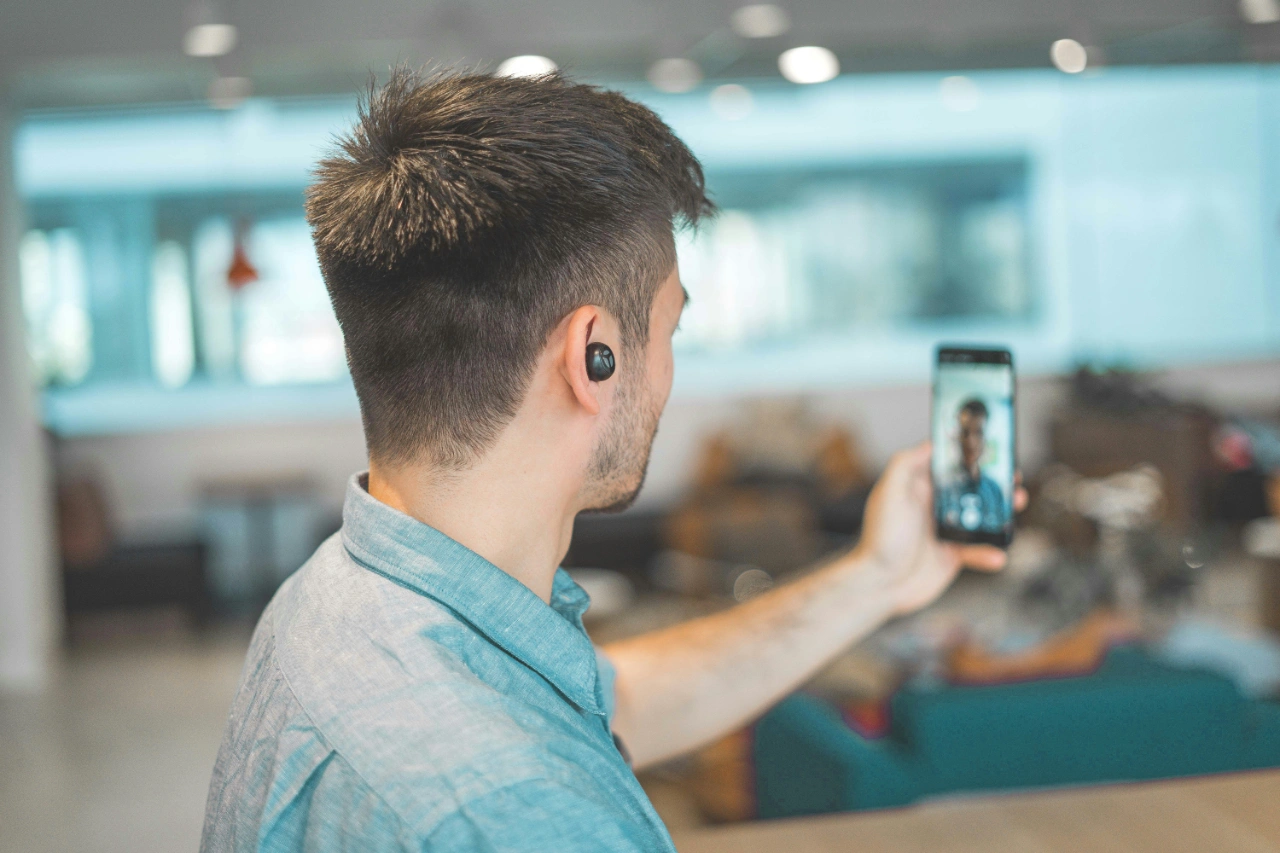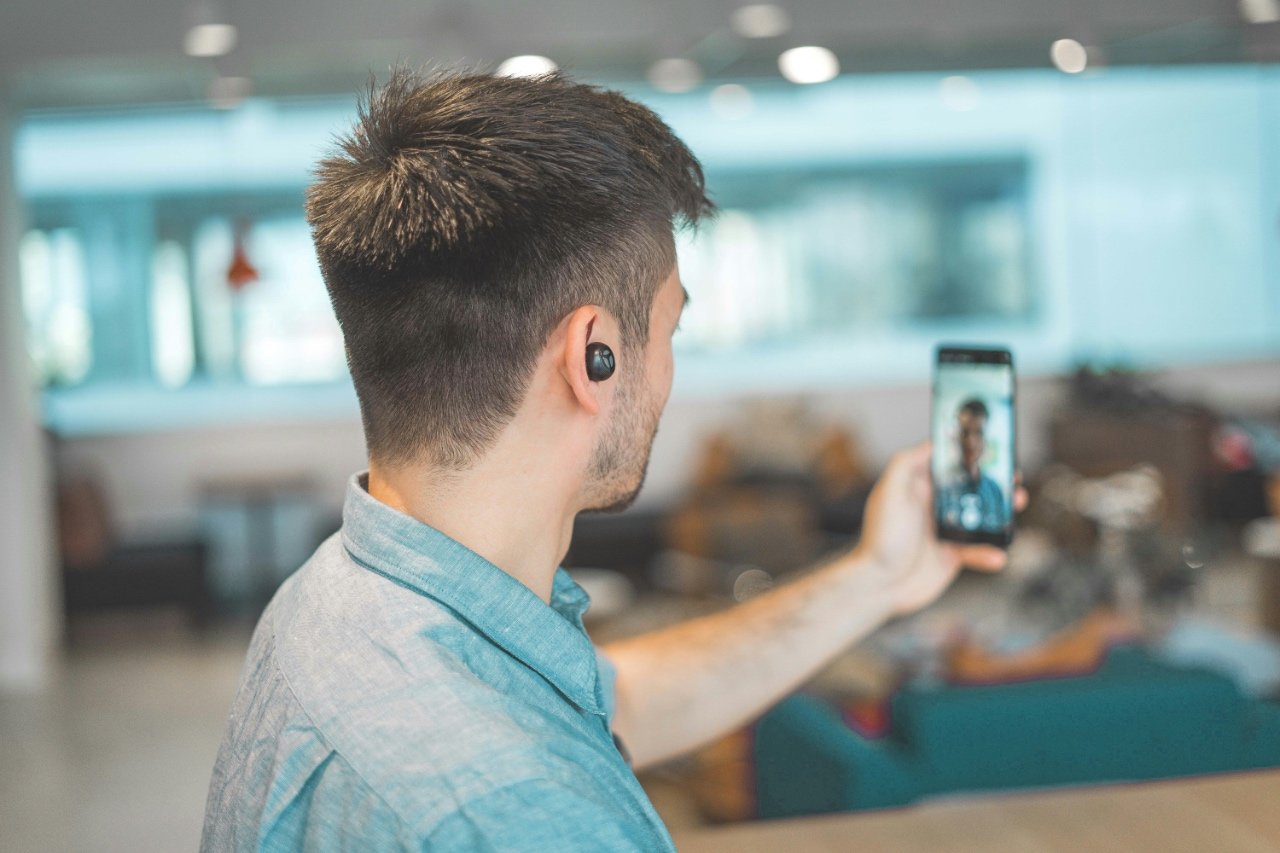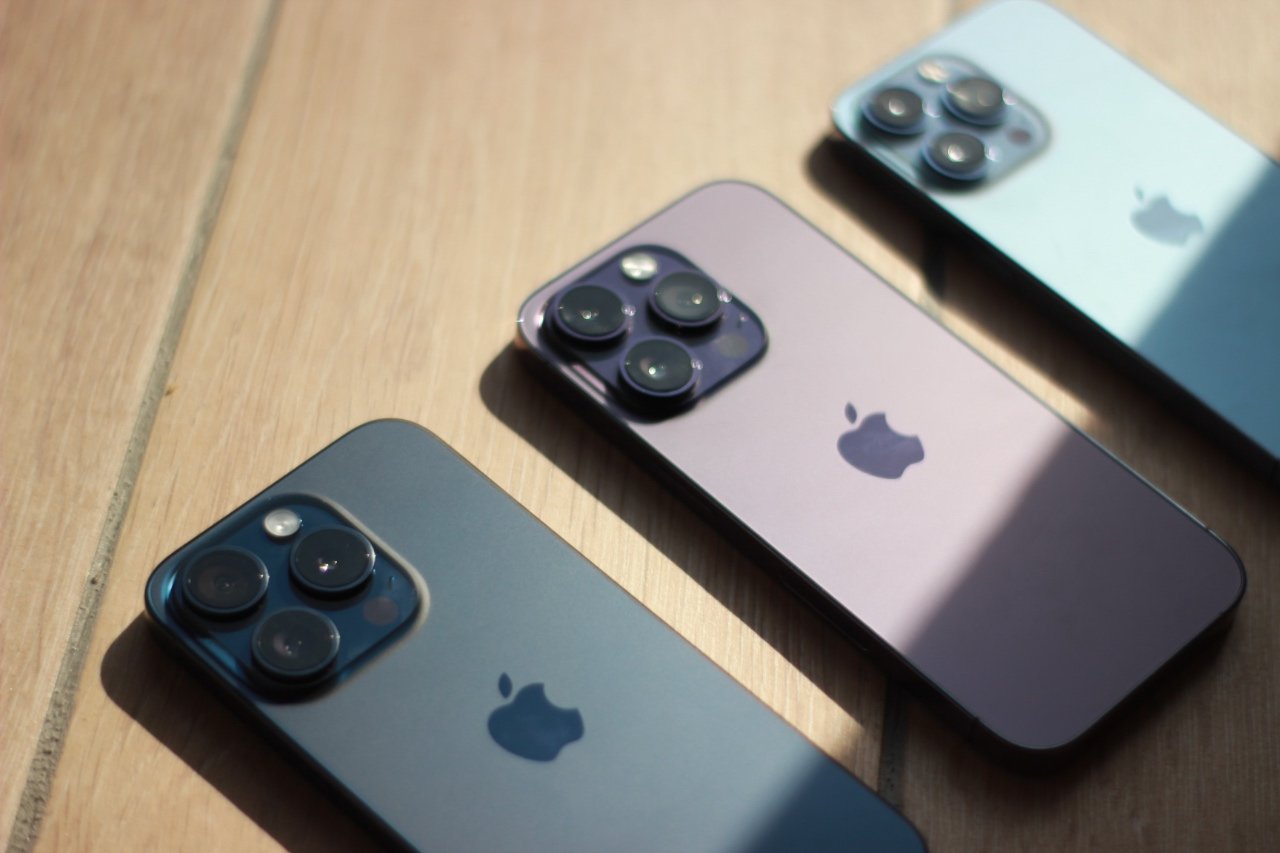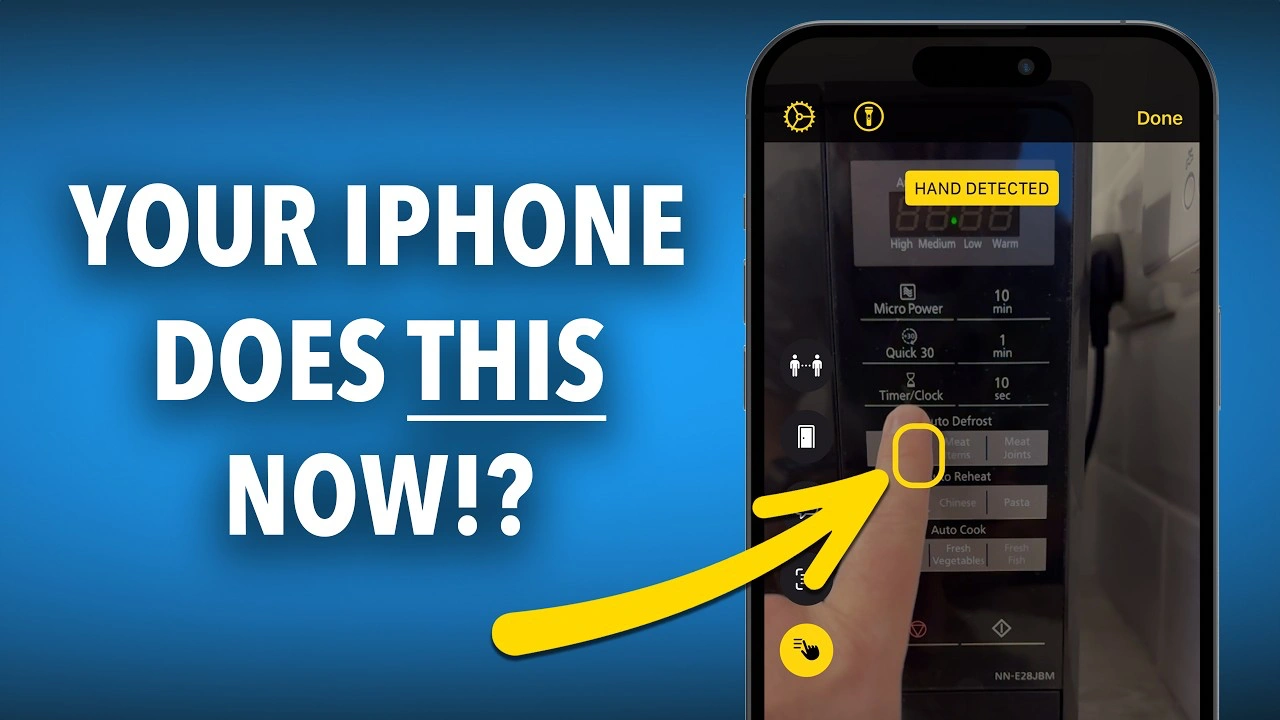
If you’re an iPhone enthusiast, constantly on the lookout for ways to make the most out of your device, you’re in for a treat. With the latest iOS versions and iPhone models, the scope of what your phone can do is expanding remarkably. Let’s dive into 12 handy tips and tricks that will elevate your iPhone experience. The video below from Proper Honest TEch gives us a range of handy iPhone tips and tricks.
- Enhanced Magnifier App with Point and Speak: For users with the latest iPhone Pro models (12 and onwards) and iPad Pro 2020, the Magnifier app has received a significant upgrade. Thanks to LIDAR technology, it now reads text aloud when you point your device at an object. This feature is not just a convenience; it’s a game-changer for accessibility.
- Dynamic Siri Suggestions: Say goodbye to the hassle of searching for your most-used apps. Siri now intelligently suggests apps based on your usage patterns, making accessibility a breeze. This feature personalizes your experience, ensuring that your favorite apps are always at your fingertips.
- Voice Message Transcription in iOS 17: In the latest iOS update, received voice messages through iMessage are automatically transcribed. This means you can read your messages instead of listening to them, a handy feature for those moments when you can’t listen to audio.
- BetterHelp Partnership: The video also highlights a collaboration with BetterHelp, an online therapy platform. This partnership underscores the iPhone’s role in supporting mental health and well-being, a testament to its diverse capabilities.
- Continuity Camera with Mac: For those who use both an iPhone and a Mac, this feature is a dream come true. You can now scan documents directly into your Mac using your iPhone. This seamless integration enhances productivity and simplifies document handling.
- FaceTime Calls on Apple TV 4K: Imagine making FaceTime calls through your Apple TV 4K, using your iPhone as a camera. This feature transforms your TV into a large video calling screen, perfect for group calls with friends and family.
- Augmented Reality for Product Visualization: With LIDAR-equipped iPhones, you can now use augmented reality to visualize products like furniture in your space. This feature is particularly useful for online shopping, giving you a better sense of how products would look in your home.
- Measure App Precision: The Measure app on your iPhone, particularly on models with LIDAR, allows you to measure objects and spaces with remarkable accuracy. This app turns your phone into a practical tool for everyday measurements.
- Shortcuts and Automations: Using the Shortcuts app, your iPhone can automate various tasks, like sending messages when you leave a location. This feature simplifies your routine and automates mundane tasks, making your day more efficient.
- Photo Library Search with Machine Learning: You can now search for specific objects, scenes, or text within your photo library, thanks to machine learning. This advanced search capability makes managing and finding photos in your library a breeze.
- Live Text Feature: iPhones can recognize and interact with text in photos. This means you can perform actions like copying, translating, or looking up information directly from text in your photos, enhancing the way you interact with your images.
- Messages App Check-In Feature: This new feature allows you to share your location and status with trusted contacts. It’s especially useful for providing updates during a journey, adding a layer of safety and connectivity to your travels.
You will be pleased to know that these features not only demonstrate the technological advancement of the iPhone but also underscore its commitment to user convenience and accessibility. If you are wondering how to leverage these features to their fullest potential, the video concludes with an invitation to view another segment with more iPhone tips.
Source & Image Credit: Proper Honest Tech
Filed Under: Apple, Apple iPhone
Latest timeswonderful Deals
Disclosure: Some of our articles include affiliate links. If you buy something through one of these links, timeswonderful may earn an affiliate commission. Learn about our Disclosure Policy.


